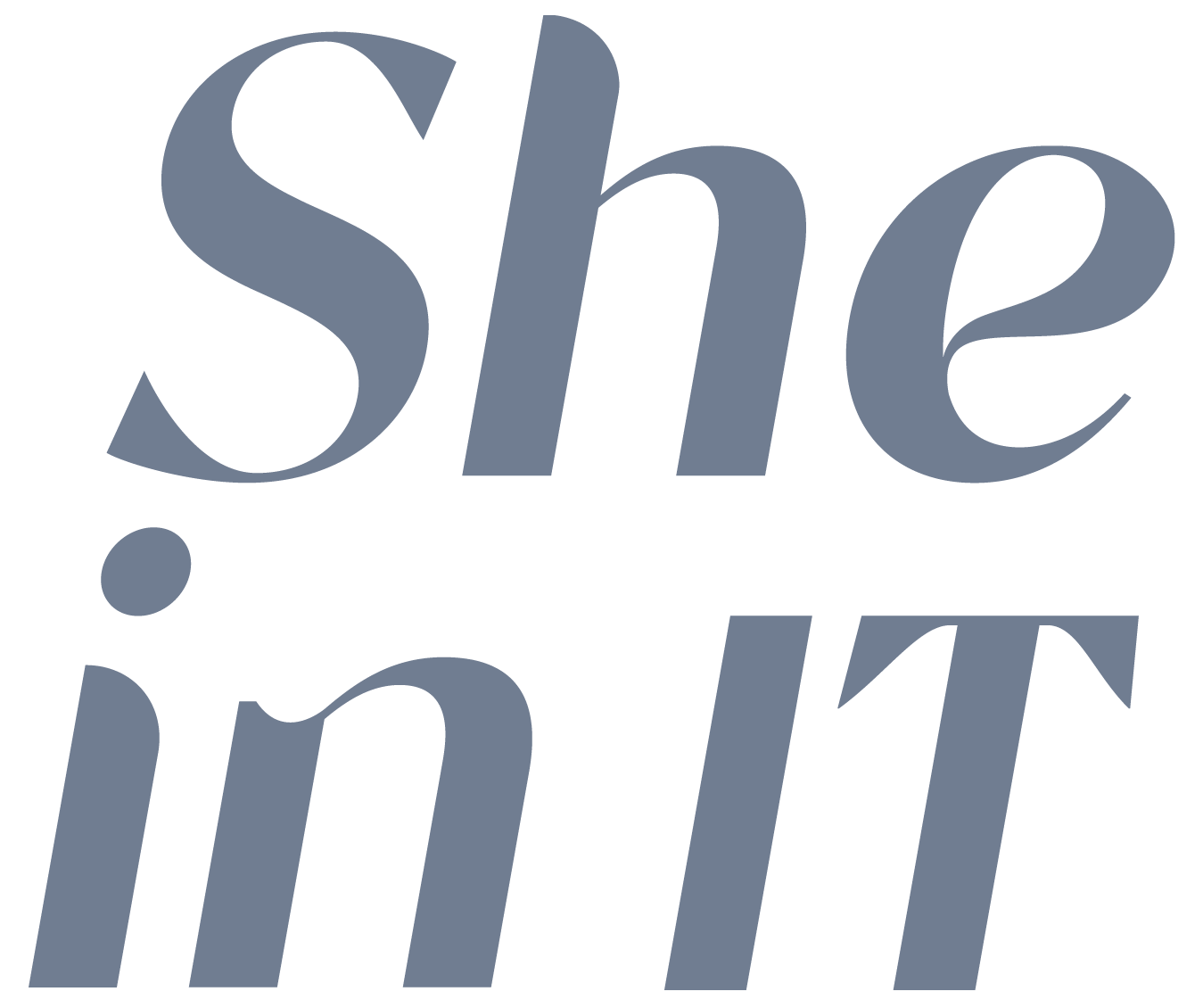Diversity as a cornerstone for building high performing teams
When diversity becomes the cornerstone of teams, they become high performing and are empowered to deliver exceptional results. Hendrika Willemse-Vreugdenhil from Devoteam outlines the resounding link between the two and how diversity can be unlocked for better results.
Many companies pour their efforts into diversifying their teams, yet it’s critical to realize that without creating an environment where individuals feel safe, valued, and empowered, there’s little room for their unique contributions or genuine sharing within teams. This is where the spotlight shifts to inclusivity.
Diversity goes beyond the typical gender divide. It’s a multifaceted concept that encompasses various aspects like backgrounds, age, work methods, cultural origins, and more. It’s about embracing differences in everything we do.
Incorporating diversity in companies has the potential to bring about significant positive changes. Research from McKinsey & Company highlights that diverse companies tend to excel in various aspects, leading to a cycle of increasing returns.
The limitations of not having a diverse team
Not having a diverse team can come with several drawbacks:
Homogeneity limits innovation
If your teams consist of people who all think alike, have the same viewpoints, and follow similar approaches, innovation gets stifled. Diverse teams bring fresh perspectives and unconventional ideas that can lead to breakthroughs. When it comes to building diverse teams, it’s important to avoid the pitfall of hiring individuals who are too similar to ourselves.
While it may be comfortable, true innovation and success come from diverse teams that can serve a broader range of customers effectively.
Avoiding blind spots
If you keep doing things the way you’ve always done them, you’ll keep getting what you already have. To progress, you must step out of your comfort zone and see different possibilities.
Adapting to diverse stakeholders
Businesses serve customers and work with partners who have various characters, needs and preferences. You may get along with a customer well, while another colleague has a better click with that other customer. Having diverse teams helps you understand and meet those diverse requirements better.
How diversity can make a real impact
Among the key impacts a diverse team can have include:
Enabling innovation
Diversity acts as an enabler for driving innovation. It means you’ll challenge the status quo faster and consider different ways of doing things, ultimately leading to significant advancements.
Enhancing customer relationship and focus
Diversity can improve customer focus by enabling companies to build trust-based, long-term relationships with a wider range of customers. This approach goes beyond standard practices and adds true value to the customer experience.
Attracting top talent
By fostering an inclusive environment and embracing diversity, tech companies can attract and retain top talent. When employees feel valued and included, they are more likely to stay, contributing to the company’s success.
However, embracing diversity isn’t just about ticking boxes; it’s about creating a culture where everyone’s unique contributions are valued and integrated into the company’s DNA. From inclusive hiring processes to considering individual preferences. Do you think of ordering different types of food so everyone can join team lunch? How do you build an inclusive environment?
Diversity can only flourish in an inclusive environment. It goes beyond just bringing different individuals into the fold; it’s about embracing their unique skills and values.
It’s crucial that employees feel comfortable expressing their thoughts and opinions, knowing that their input and talent is valued. Inclusivity is about offering individuals a place where they can truly belong, regardless of whether they share identical backgrounds or perspectives.
Recognizing Unique Skills
To truly embrace diversity, organizations should shift their focus towards people’s drive, motivation, and unique skills. Talent should not be limited by one’s background or origin. Instead, it should be seen as a dynamic quality that can evolve and adapt.
Foundation of Core Values
The core values of a company should serve as the bedrock for both existing and new team members. These values should guide the organization’s approach to talent acquisition and management, emphasizing the importance of diversity and inclusion. Our motto? We create infinite possibilities to set the pace, move together and go big!
Valuing Contribution
People thrive when they can contribute meaningfully and when their contributions are appreciated. It’s not about fitting in with a particular mould; it’s about being accepted for one’s unique skills and qualities. In an inclusive setting, individuals have the freedom to challenge norms and ideas, fostering a culture of growth and innovation.
Building such an environment allows people to challenge each other constructively, leading to breakthroughs and personal growth. Take the commitment to create a workplace where diversity is celebrated, where individuals are empowered to contribute their best, and where the collective strength of a diverse team drives innovation and success. This contributes to building a high-performing team.
What defines a high-performing team?
Creating a high-performance team is more than just achieving top results consistently; it’s about fostering an environment that enables individuals to thrive while working together toward a shared vision.
Here’s what defines a high-performing team and the essential elements to achieve it:
• Being able to deliver top results and top performance consistently and without burning out
• A shared vision and approach
• Continuous learning and development
• Working towards clear and precise results
• Working in close collaboration and challenging each other
High performing teams are based on a couple of essential elements: connection, competition, authenticity, opportunity, and collaboration purely and openly. These five are essential to create a high-performing team, but in a lot of companies there’s often a missing link, and that’s the purpose. A shared mission and shared goals. These go hand in hand with diversity and especially inclusion.
For people to have a true feeling of purpose they need to have the feeling of belonging as well. Belonging is all about feeling at home and being yourself. It’s crucial for long-term happiness and preventing burnout. If you feel you have to pretend to be someone else, it can lead to unhappiness. Knowing you can be yourself is the key to well-being, and the opposite doesn’t work.
To achieve high performance, it’s vital to recognize each team member’s unique strengths and capitalize on them. Everyone wants to tap into their strengths. This can only happen when you see the person for whom they truly are. It’s essential to recognize where someone excels and capitalize on that, rather than fixating on their weaknesses.
Often, there are reasons for these strengths and weaknesses, such as natural aptitude or interests. The real magic occurs when individuals focus on their 7s or 8s and turn them into a 10. It’s a much faster and more straightforward path to success.
Last but not least, open and honest communication is crucial. Team leaders should engage in conversations with their team members, asking questions like what’s going well, what needs improvement, and what needs to change. However, there’s no one-size-fits-all checklist; instead, the approach should be tailored to the team’s specific situation and phase.
Creating authentic diversity in organizations
Incorporating diversity within organisations should be a genuine commitment rather than a mere checkbox on a to-do list. To truly embrace diversity, it’s essential to infuse it into every layer and level of an organization. This process starts with careful planning and a well-thought-out strategy.
True diversity requires a conscious shift in your processes. For example: in your recruitment process go beyond traditional qualifications and consider the whole person. It’s also crucial to address a few misconceptions:
Avoiding Gender Silos
It is essential to avoid creating gender-exclusive groups. In the quest for gender diversity, it’s equally important for men to actively support women within organizations. Achieving diversity requires collaboration from everyone. For instance, when discussing post-pregnancy work plans, it’s vital to ask the same question to both men and women. Women can certainly support each other, but it’s equally important to open the conversation out of a women-circle.
Man / Woman
Achieving diversity isn’t a one-dimensional challenge; it’s a complex interplay of factors involving men, women, and the systemic structures within organizations. These elements must work together cohesively to drive meaningful change.
Normalizing Inclusivity
It is important to avoid turning common-sense practices into extraordinary achievements. While we may aspire to see more women in leadership positions, some companies express the desire but are unwilling to make the necessary changes.
To truly foster diversity, we need to shift our mindset, rethink conventional work practices, remain open to new ideas, and normalize scenarios like a female manager working 36 hours a week or a male employee working 32 hours as a standard practice. Solving these challenges requires a collective effort rather than placing the burden solely on individuals.
Conclusion
Diversity is not just a buzzword; it’s a catalyst for success. McKinsey & Company’s research makes it clear that diverse companies excel in various aspects. However, to truly leverage the power of diversity, inclusion is crucial. It’s about creating an environment where individuals feel valued, free to express themselves, and challenged constructively.
High-performing teams understand the importance of diversity and purpose. They recognize each member’s unique strengths and foster open communication. Diversity and inclusion, combined with a shared mission, create a sense of belonging that prevents burnout and drives long-term happiness.
However, true diversity goes beyond quotas; it’s a commitment that infuses every layer of an organization. It involves considering the whole person in recruitment and avoiding gender-exclusive groups. Achieving diversity is a complex interplay of factors involving men, women, and systemic structures within organizations. It requires a collective effort and a shift in mindset to normalize inclusive practices.
In a world where diversity and inclusion are not just checkboxes but driving forces, embracing these principles can lead to exceptional teams and sustainable business success.
Link to article: https://www.consultancy.eu/news/10062/diversity-as-a-cornerstone-for-building-high-performing-teams


